Laser cutting and engraving rely on focused heat and precision. That’s why the materials you use directly affect your results—and your safety. Certain materials can release toxic fumes, catch fire, or damage your machine’s optics and internal components.
Understanding what’s safe helps you work more confidently, prevent accidents, and extend the life of your laser cutter.
Common Safe Materials for Laser Cutting & Engraving
Below are beginner-friendly and widely used materials that are considered safe for most diode and CO₂ laser cutters:
🔹 Wood
Common types: Birch plywood, basswood, maple, cherry
Cut & Engrave? ✔️ Yes
Notes: Plywood is beginner-friendly and affordable. Solid wood gives premium engraving results. Watch for burning with resin-heavy woods.
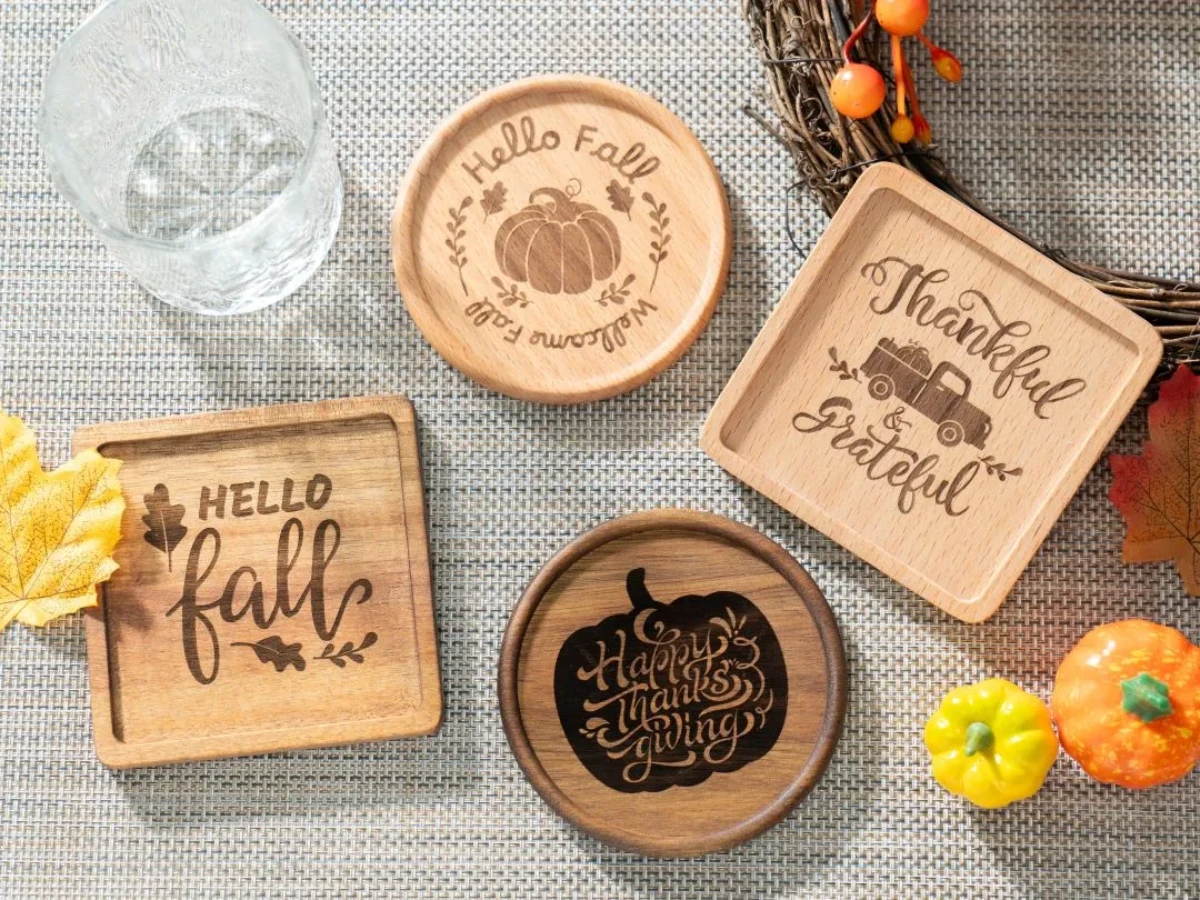
🔹 Acrylic (Plexiglass / PMMA)
Common types: Cast acrylic, frosted acrylic, mirrored acrylic
Cut & Engrave? ✔️ Yes
Notes: Clean, glossy cuts and excellent engraving contrast. Avoid extruded acrylic for engraving—less consistent results.
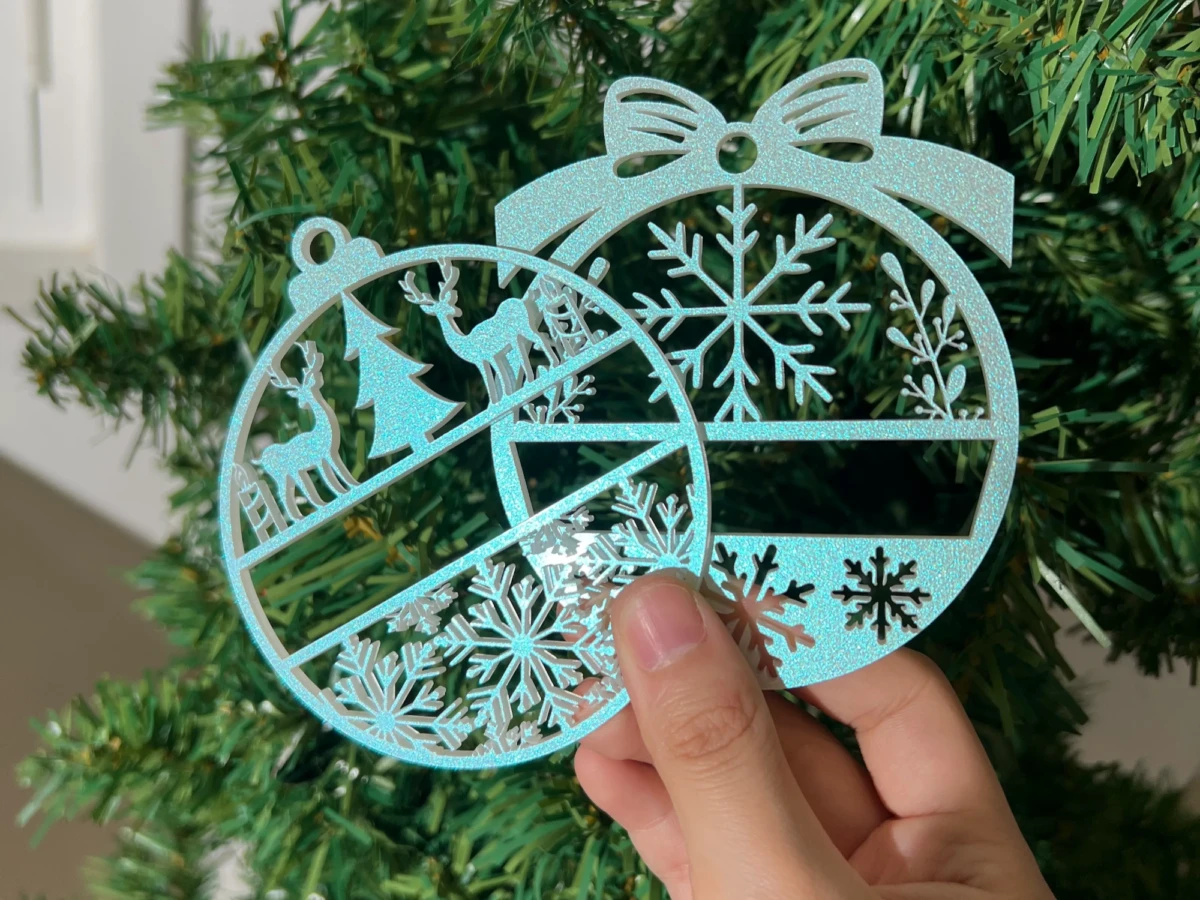
🔹 Paper & Cardstock
Common types: Kraft paper, heavyweight cardstock, cardboard
Cut & Engrave? ✔️ Yes (low power)
Notes: Ideal for packaging, stencils, greeting cards. Highly flammable—always monitor during cutting.
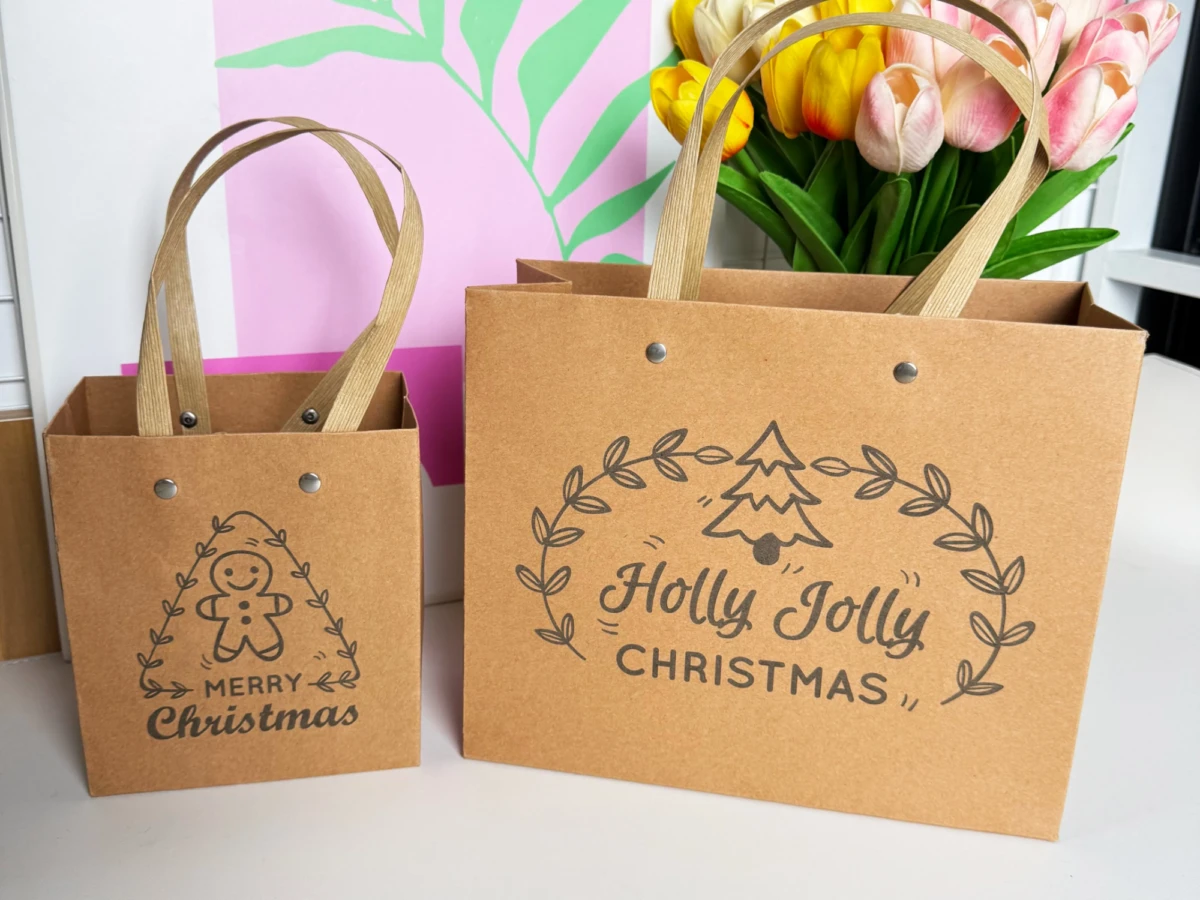
🔹 Leather
Common types: Veg-tanned leather
Cut & Engrave? ✔️ Yes
Notes: Produces bold engraved patterns. Never use synthetic or chrome-tanned leather—they emit toxic fumes.
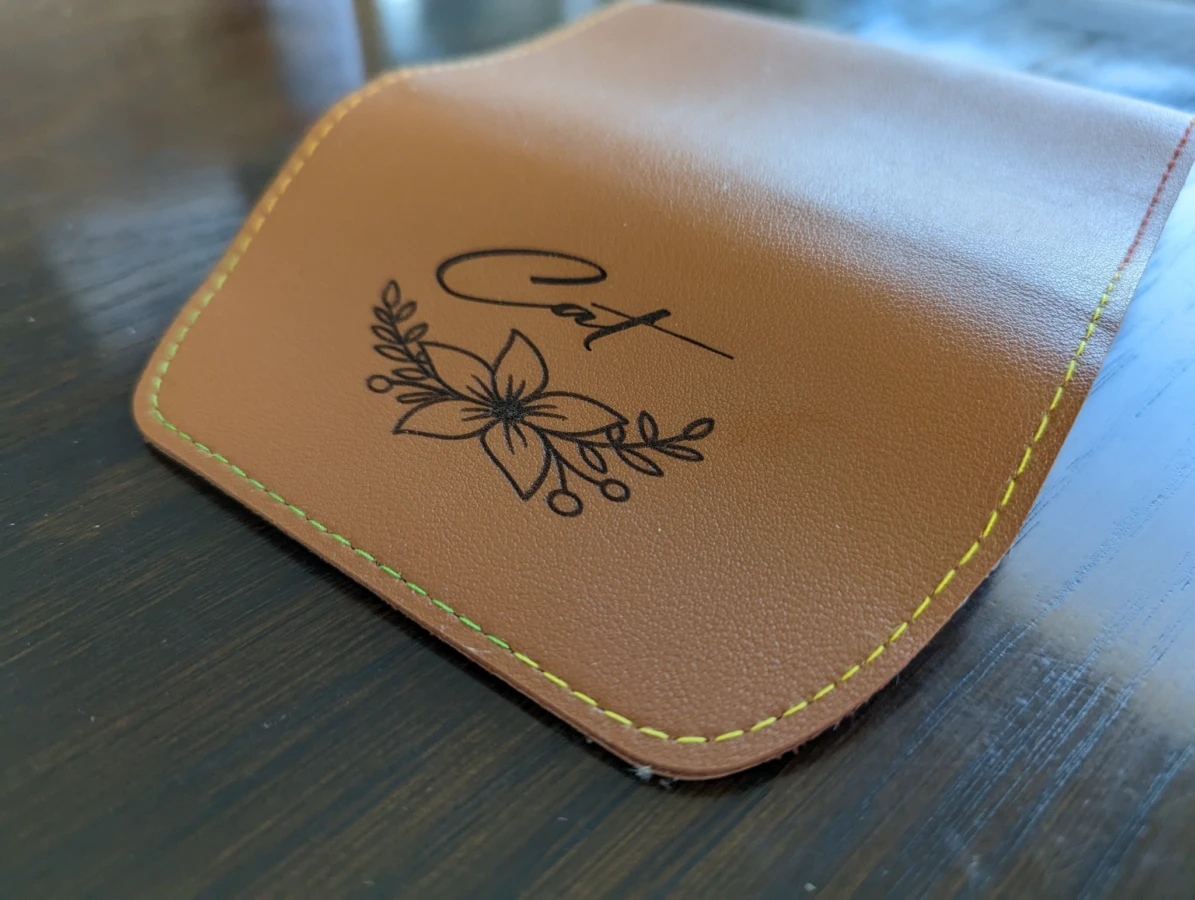
🔹 Fabric & Felt
Common types: Cotton, wool felt, canvas
Cut & Engrave? ✔️ Yes
Notes: Great for patches, children’s crafts, textile tags. Avoid polyester or blends that can melt.
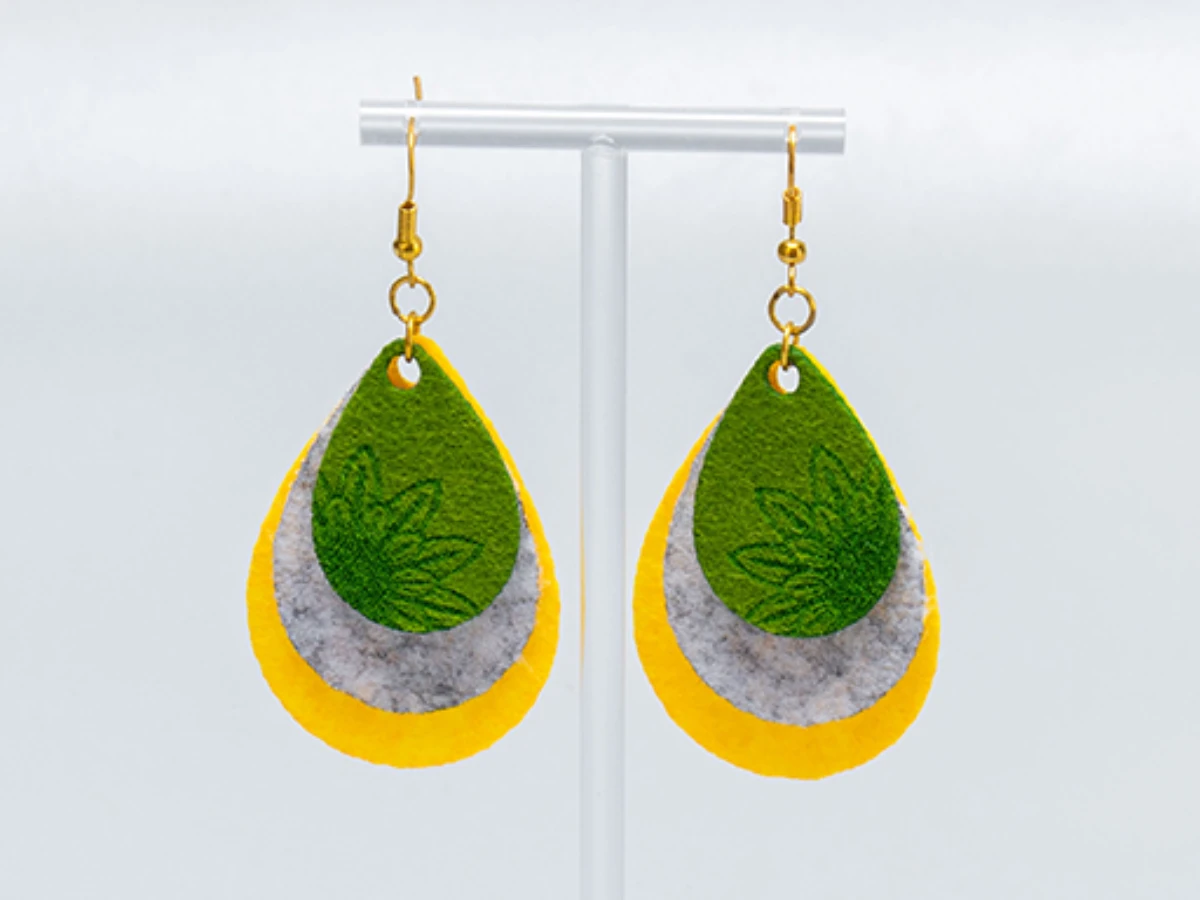
🔹 Metal (for engraving only)
Common types: Anodized aluminum, stainless steel (coated)
Cut & Engrave? ❌ Cut: No / ✔️ Engrave: Yes (with higher-power laser or marking spray)
Notes: Not suitable for desktop CO₂ cutting. Engraving is possible on coated or pre-anodized surfaces.
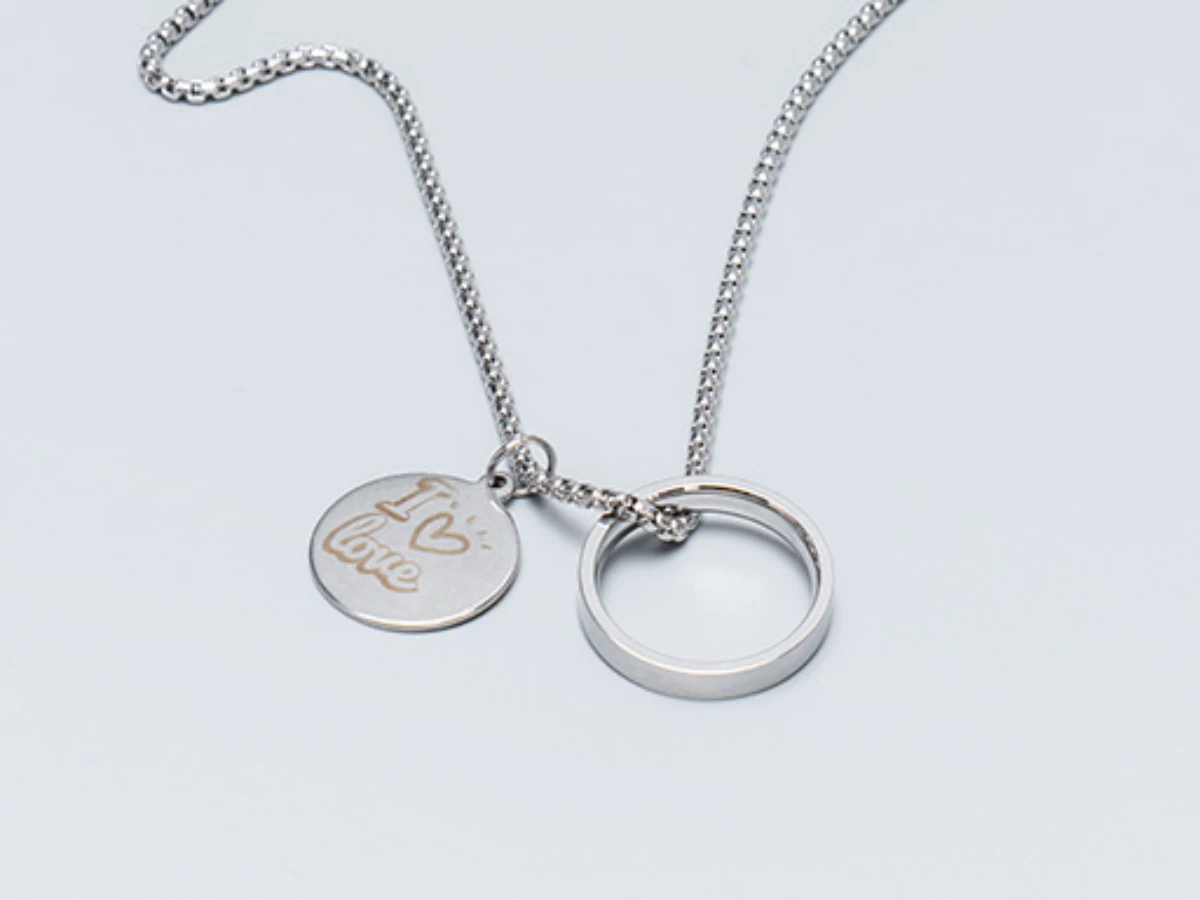
What Are the Best Materials for Laser Projects?
While many materials are safe, some stand out for their reliability, versatility, or professional finish:
🎁 Best for Personalized Gifts
Cast acrylic – For name plaques, ornaments, keychains
Cherry wood – For keepsake boxes, photo frames
Veg-tanned leather – For engraved bookmarks, wallets
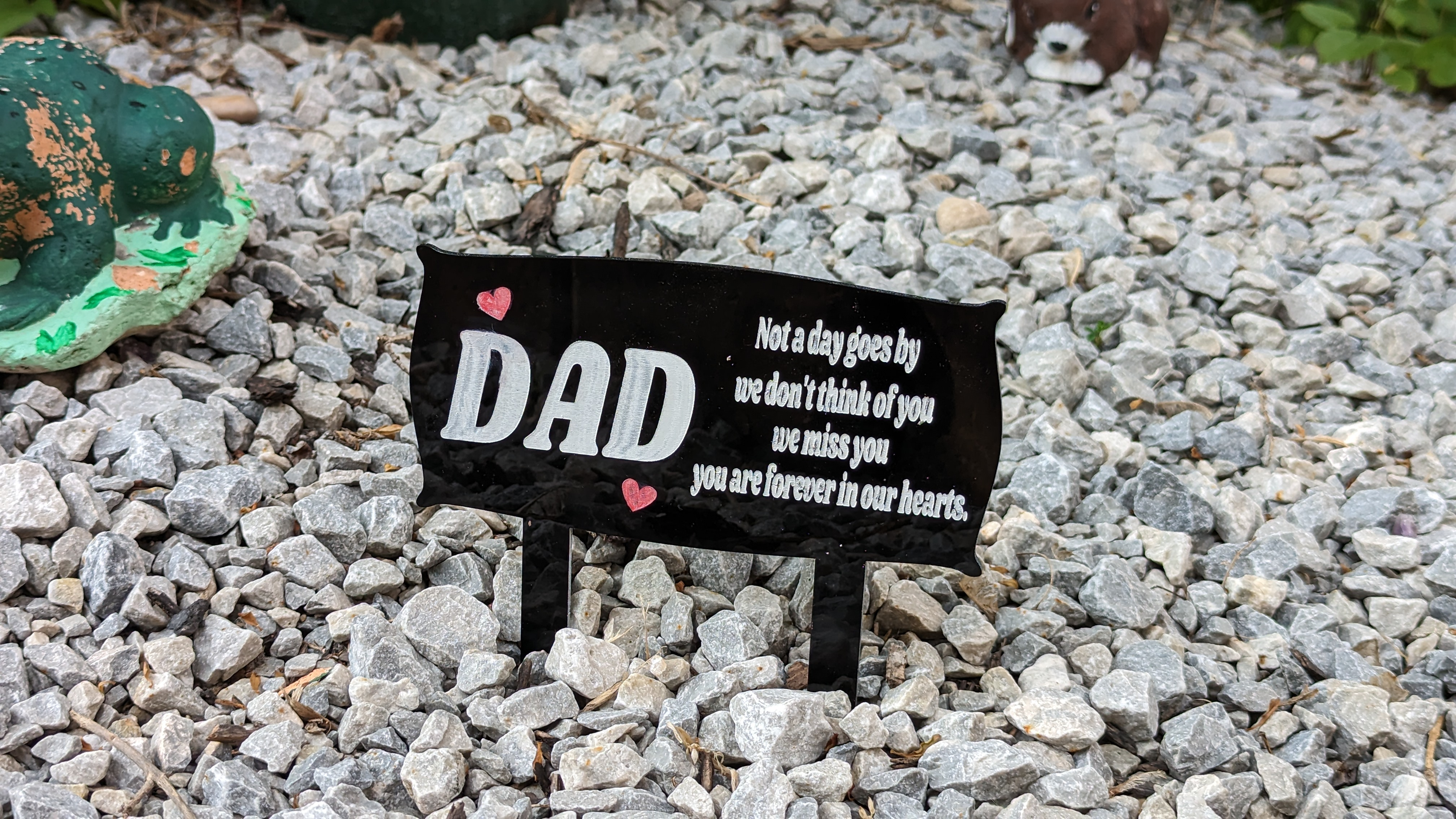
🎨 Best for Creative Projects / Crafts
Plywood – For layered art, puzzles, signage
Cardstock – For tags, stencils, pop-up cards
Wool felt – For home décor, soft badges
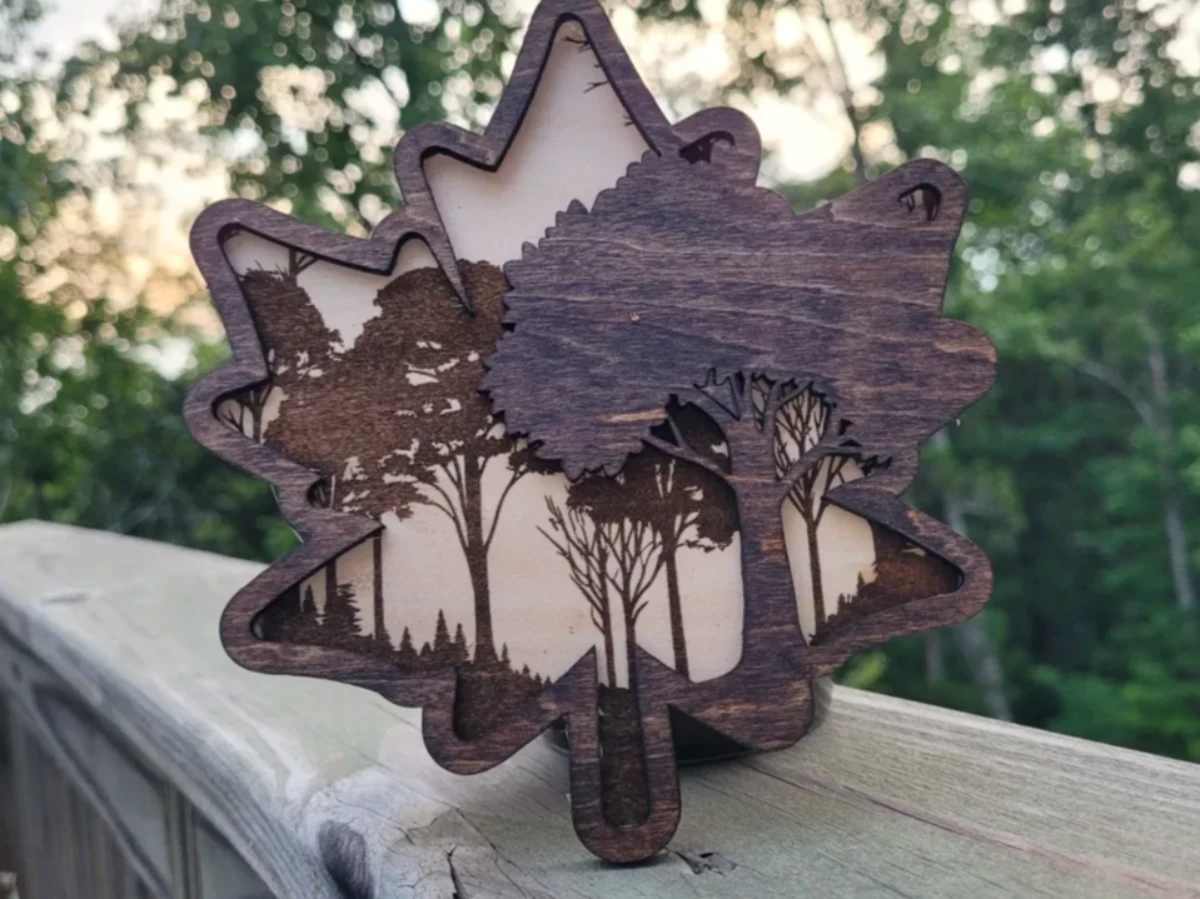
🛍 Best for Small Business Products
Acrylic (two-tone or frosted) – For signage, displays
Leather – For branded tags and minimalist gifts
Engraved anodized aluminum – For nameplates, industrial labels
🧑🏫 Best for Beginners
Birch plywood (3mm) – Inexpensive, consistent, forgiving
Cast acrylic (clear or frosted) – Cuts smoothly, engraves beautifully
Cardstock – Low cost, low risk
Materials You Should NEVER Cut or Engrave
Not all materials are laser-safe. Some can be extremely dangerous:
PVC
Emits chlorine gas when cut—corrosive to metal parts and highly toxic to humans.
Polycarbonate
Doesn’t cut cleanly and tends to char. Can reflect laser beams and damage optics.
Foam Board or Styrofoam
Melts quickly, catches fire easily, and produces unpleasant fumes.
Fiberglass or Epoxy Composites
Contain resin and glass particles that are hazardous when burned or vaporized.
💡 Always check material labels or verify with suppliers before using unknown materials.
FAQ – Laser Material Safety & Tips
Can I cut metal with a desktop laser cutter?
Not really. Only industrial fiber lasers can truly cut through metal. Some desktop lasers can engrave anodized aluminum or coated metals.
Why is my plywood charring too much?
It could be glue-heavy or have inconsistent layers. Adjust your speed and power settings and always test first.
Can I cut painted or stained wood?
Only if the coating is confirmed to be non-toxic and laser-safe. Avoid hardware store paints and finishes unless tested.
What’s the difference between cast acrylic and extruded acrylic?
Cast acrylic engraves better with a frosty white finish. Extruded is cheaper but can produce cloudy edges and inconsistent engraving results.
Final Thoughts
Picking the right material is just as important as adjusting your laser settings. Starting with safe, reliable options like birch plywood and cast acrylic allows you to learn quickly and get consistently beautiful results.
When in doubt—test small, use good ventilation, and choose quality over guesswork. Laser cutting should be inspiring, not risky.







